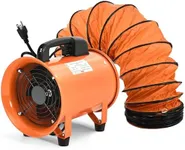Buying Guide for the Best Solar Attic Fans For Cooling
Choosing the right solar attic fan for cooling your home can significantly improve your attic's ventilation, reduce your cooling costs, and extend the life of your roof. Solar attic fans use solar energy to power a fan that helps to expel hot air from your attic, making your home more comfortable and energy-efficient. When selecting a solar attic fan, it's important to consider several key specifications to ensure you get the best fit for your needs.Solar Panel WattageThe solar panel wattage determines how much power the fan can generate from sunlight. Higher wattage panels can produce more power, which means the fan can move more air. Typically, solar panels for attic fans range from 10 to 40 watts. If you live in an area with abundant sunlight, a lower wattage panel may suffice. However, if your region experiences less sunlight or you have a larger attic, opting for a higher wattage panel will ensure the fan operates efficiently.
Airflow Capacity (CFM)Airflow capacity, measured in cubic feet per minute (CFM), indicates how much air the fan can move. This is a crucial spec because it directly affects the fan's ability to cool your attic. For small attics, a fan with a lower CFM (800-1000) may be adequate. Medium-sized attics may require a fan with a CFM of 1000-1500, while large attics might need a fan with a CFM of 1500 or more. Assess the size of your attic and choose a fan with an appropriate CFM to ensure effective cooling.
Thermostat and HumidistatSome solar attic fans come with built-in thermostats and humidistats, which help regulate the fan's operation based on temperature and humidity levels. A thermostat will turn the fan on or off depending on the attic's temperature, while a humidistat does the same based on humidity levels. These features are important for maintaining optimal attic conditions without manual intervention. If you want a more automated and efficient system, look for fans with these built-in controls.
Durability and MaterialsThe durability of a solar attic fan is influenced by the materials used in its construction. Fans made from high-quality materials like stainless steel, aluminum, and UV-resistant plastics are more likely to withstand harsh weather conditions and last longer. Consider the climate in your area and choose a fan made from materials that can endure the local weather. Investing in a durable fan ensures long-term performance and reduces the need for frequent replacements.
Ease of InstallationEase of installation is an important factor, especially if you plan to install the fan yourself. Some solar attic fans come with detailed instructions and all necessary mounting hardware, making the installation process straightforward. Others may require professional installation. If you are comfortable with DIY projects, look for a fan with a reputation for easy installation. Otherwise, consider the cost and availability of professional installation services.
WarrantyA warranty provides peace of mind by protecting your investment in case of defects or malfunctions. Solar attic fans typically come with warranties ranging from 1 to 25 years. A longer warranty period is generally an indicator of the manufacturer's confidence in the product's durability and performance. When choosing a fan, consider the length and terms of the warranty to ensure you are covered for any potential issues.
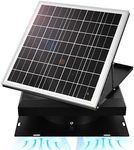
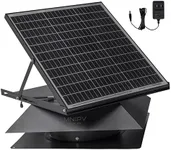

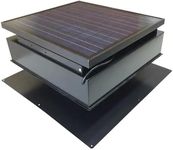

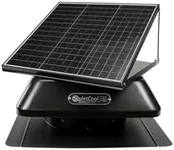
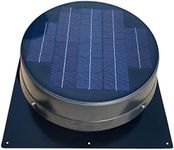
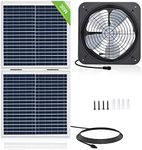



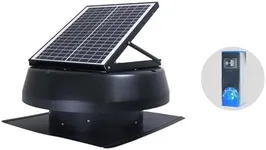
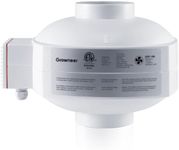
![Fittes Flush Exhaust Mount [Luxe] - 14"x14" - Satin White](https://images-proxy.bestreviews.guide/KKkpoH6pl8doqpHeXI6l7HZ85nc=/0x150/https://m.media-amazon.com/images/I/31SDRAHfo6L._AC_CX679_.jpg)
